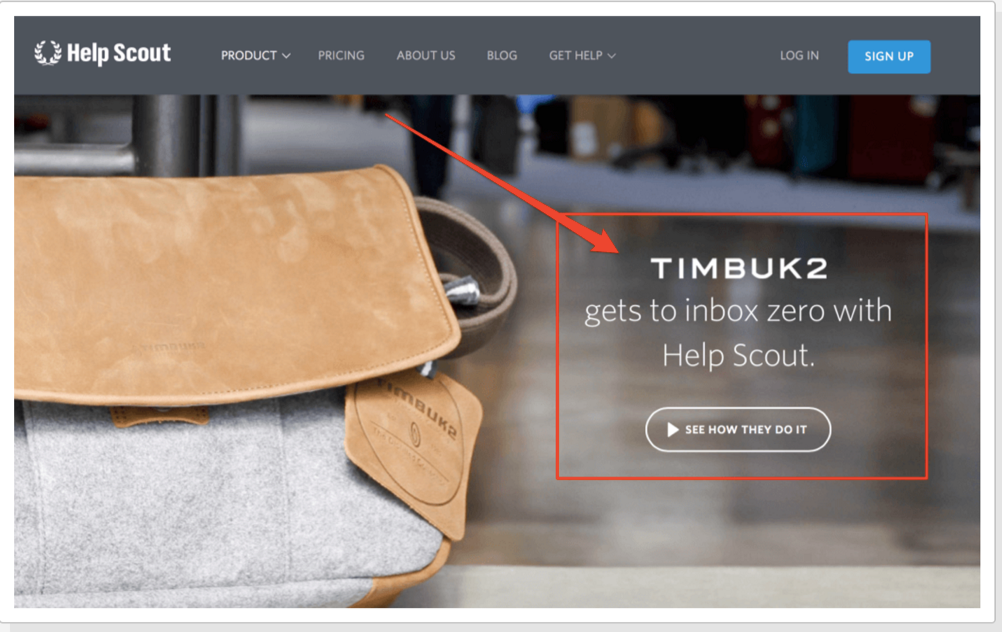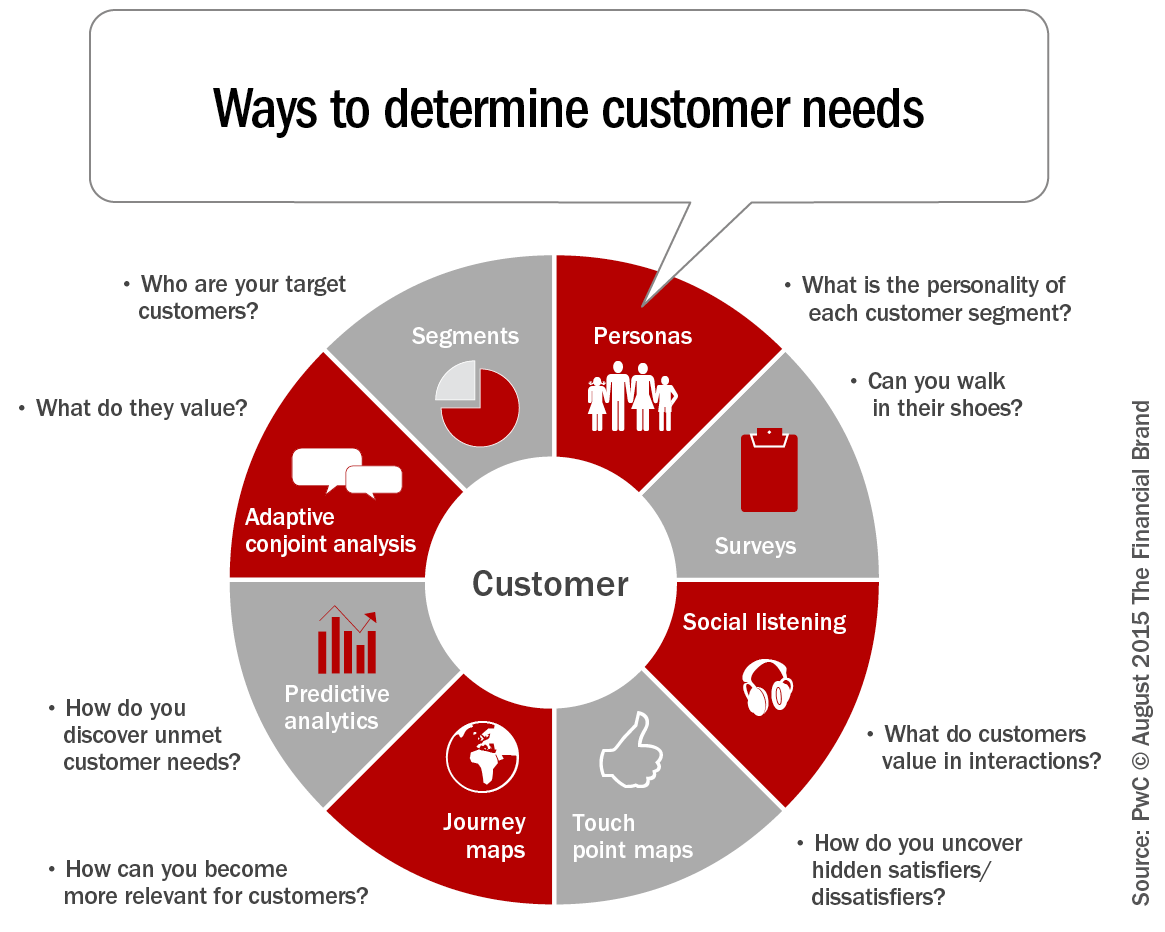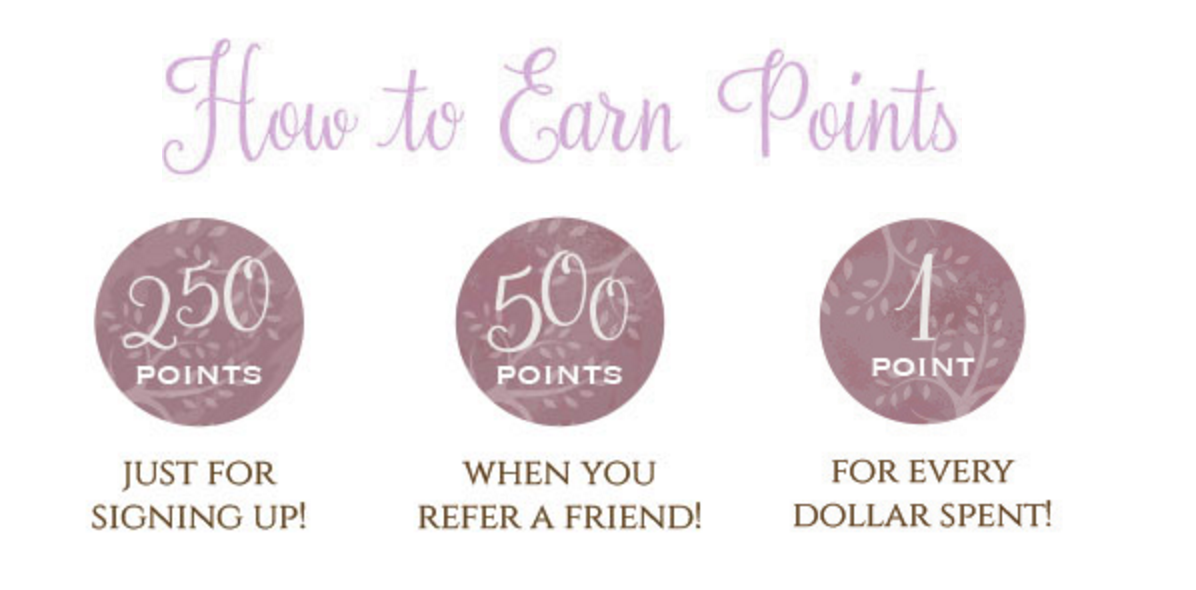Not using data is a missed opportunity for SaaS companies.
If your team is seeking to bring in more revenue, data helps your conversion funnel. It's the difference between knowing your customer or simply taking a wild guess.
Matt Ackerson, founder of Petovera, says, “The rise of the smart sales funnel is happening now. You can expect it to become a near marketing 'requirement' as businesses adopt the strategy and new tools and tech come out around the concept.”
Whether it's acquiring more qualified leads or retaining loyal consumers, build your sales system on a foundation of analytics. This provides your team with the ability to produce informed decisions.
Make a deliberate effort to focus on the data. Here are five ways to improve your sales funnel.
1. Spark Interest With Awareness
Studies show that “72% of buyers turn to Google during awareness stage research.” Your customers are constantly searching for solutions to their problems.
That's why your team must be ready to provide solution-oriented content. Not only will it answer their most pressing issues, but great content also will engage them in learning more about your SaaS brand and products.
Grab your prospects' attention with data-driven content.
“…[D]etermine their interests and how they act upon those interests. While it may not be feasible to develop true one-to-one content at scale, you can use this data to pinpoint common characteristics and habits of individual audience segments…” writes Brad Messinger, senior vice president of marketing, Rise Interactive.
Conduct keyword research to understand your consumer's intent. Find high-performing keywords with tools such as, Google Keyword Planner and Keyword Tool.
Find out what your customer desires. Then, generate awareness around that subject.

For example, host a webinar. It will display your SaaS's expertise and provide your audience with useful information. Keep it short and engaging.
After the webinar, you can post a recap on your blog with the slides and additional details.
2. Nurture Targeted Leads
MarketingSherpa reports that “79% of marketing leads never convert into sales. Lack of lead nurturing is the most common cause of this poor performance.”
Several reasons exist for inadequate lead nurturing. Your team may be targeting the wrong people. Your lead capturing system fails to filter out unqualified leads. Or you're not providing the right service to the right client.
“Evaluate your target market and make sure you understand what B2B buyers in your sector really value. With this in mind, you can communicate the cost benefits, ROI, and affordability of your products or services in a way that will really resonate with your audience,” says Leo Patel, freelance writer and digital strategist.
Nurturing involves catering to several types of customers. Data segmentation is an effective tool for sending tailored messages to different people. Moreover, a targeted campaign can help reduce your budget costs.
Develop buyer personas based on industries, website behavior, and past purchases.

Think of nurturing as a process, not a one-time transaction. It's rare that people will make a purchase from just one interaction.
Rather, train your SaaS team to execute multiple customer touch points. Explore what excites and intrigues your customers.
3. Cultivate Trust for the Sale
Customers don't buy products from companies. They buy from their family and friends.
In other words, consumers make purchasing decisions based on recommendations from people they respect. Trust is the cornerstone of most sales transactions.
Ensure customers that your SaaS product is trustworthy. And social proof helps decrease the customer's purchasing resistance.
“The best part about social proof techniques is that they are fairly simple to implement. They don't require a lot of effort to be put up, and certainly not much investment in terms of cash,” says, Deeksha Bahl, social media manager at VWO.
Case studies provide insight into a current customer's story. They also convince prospects who need that extra push to purchase. HelpScout provides interested buyers with video case studies.

Trust is hard to earn but easy to lose. So, don't take it for granted.
Walter Rogers, CEO of CCI Global Holdings, advises to never misrepresent the benefits of your product:
“Customers don't want a product or solution that only comes close to meeting their needs, or that usually functions properly. Give them the whole, unvarnished truth, and let them decide if the proposed solution will work for them.”
4. Adjust the Onboarding Process
McKinsey found that “satisfaction on customer journeys is 30% more predictive of overall customer satisfaction than measuring happiness for each individual interaction.”
Just because the sale is complete doesn't mean your work is done. An effective onboarding process cements your new customer's success.
“After the initial welcome email, you have a great opportunity to keep your new customer engaged and educated by sending them a drip campaign of emails. This is your best chance of getting the customer to really use all the features of your product,” states Ed Shelley, Director of Content Marketing at ChartMogul.
Identify friction points preventing your customer from loving your product.
What's causing them to stop using your service? Are their questions being fully answered? How can you improve customer interactions?
Delivering accurate onboarding means understanding what customers value. Use multiple inputs from the customer analyses to make improvements.

One way is to collect qualitative data from in-app messaging conversations. Observe what features and functions interest customers.
On the Frontleaf blog, Rachel English also suggests analyzing various customer data streams. Monitor what your onboarding customers do:
- In the application
- In terms of results achieved
- In scheduling or attending coaching sessions
- In providing feedback on surveys
- In their interactions with support
- In their consumption of self-service resources
- In any way you can track
After the sale, go above and beyond to satisfy your customer. Your goal is to create the best user experience.
5. Retain the Right Customer
According to reports, “80% of your company's future revenue will come from just 20% of your existing customers.”
SaaS companies normally get anxious about renewals. They want customers to renew today or else.
That's when unethical sales practices arise. Then, customers that once loved your services become skeptical and decide not to repurchase.
Develop loyalty programs that encourage relationships, rather than more sales. Give customers a reason to be a part of your brand, not just your product.
“[I]t's reducing customer effort that's the single most important factor in creating customer loyalty,” states Len Markidan, head of marketing at Groove.
Insert personalization into your customer retention strategy. Customization provides relevancy and a one-of-a-kind experience to your loyal consumers.
Carol Roth, on-air contributor for CNBC, writes:
“Many of the biggest brands have failed to do this despite having multimillion-dollar marketing campaigns. Customers are all driven by different parameters, which means that you need to do a lot of listening and keeping track of the likes, dislikes and drivers of your customers' behavior.”

Luxury hoodie retailer Evy's Tree created the Who's Hoo Rewards Program. It focuses on creating engaged customers through rewards and referrals.
The Data-Driven Funnel
We all know data is important for SaaS conversions. It's one way to gain a competitive edge in the marketplace.
Gain brand awareness with customized content. Use analytics to discover new ways to cultivate customer relationships. And adjust your process to fix any onboarding problems.
Data is here. Improve your sales funnel.
About the Author: Shayla Price lives at the intersection of digital marketing, technology and social responsibility. Connect with her on Twitter @shaylaprice.
Walang komento:
Mag-post ng isang Komento